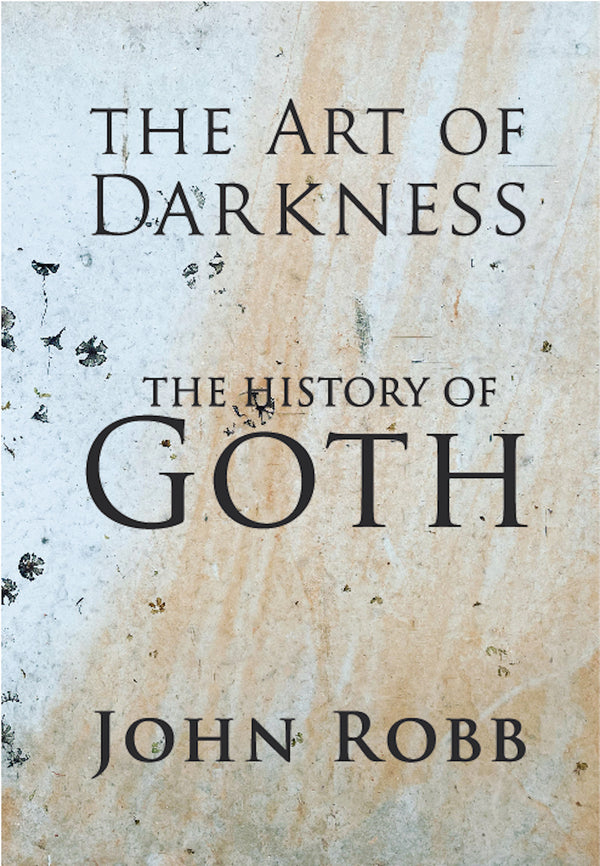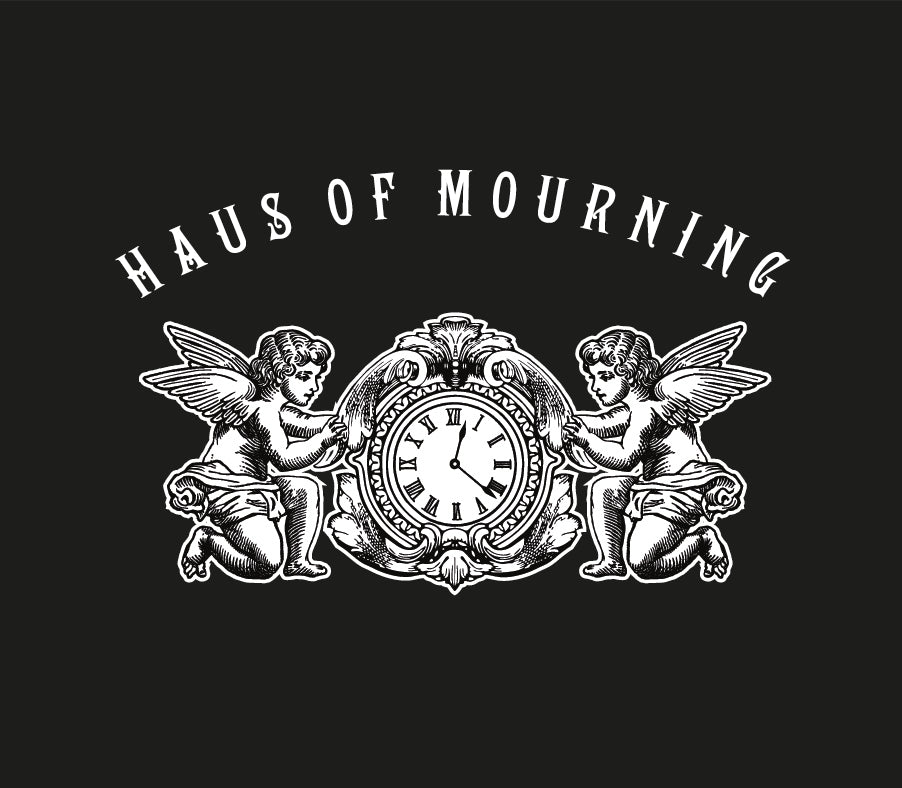
Dark Academia-- An Interview with John Robb on his new book, The Art of Darkness: The History of Goth
There is a great responsibility in writing a music history book to make it informative, accurate and inclusive, giving credit where credit is due. John Robb has done an excellent job in creating an all encompassing book on the History of Goth in his new release, The Art of Darkness: The History of Goth. From the Fall of Rome to modern day TikTok influencers, this book was eight years in the making. But perhaps the greatest reason why John Robb was the correct person to write this book is because he was there for the creation of goth culture. “The research is basically just living through it in a way… I was in a lot of those clubs, I went to a lot of those gigs and I knew most of the bands in that period.” But John also knew the story was bigger than just one period of time. “[Goth] is more than a few bands playing slightly dark music. There’s a history to it and every generation is dealing with its blues; with whatever contemporary technology that’s around when it’s making a painting, writing a poem in the 18th century, or doing music in the late 1970’s, early 80’s…”
 Because the book gives such an extensive history of goth throughout time, I was curious to learn if John had a certain influence that led him toward the darkness. “Growing up in the 70’s, you were bombarded with culture… music was so essential to my generation. Obviously glam rock was big before punk when I was a 12 or 13 year old kid. David Bowie was quite a profound influence on a lot of people, not just because he made great records but because of all his cultural references so in his interviews he would talk about The Velvet Underground or Iggy Pop, stuff that you wouldn’t hear about so he was the person that was turning people on to that kind of stuff.” As we all know, goth didn’t just happen overnight, it was an off-shoot of many different influences and in The Art of Darkness, John takes us through not only the massive impact of David Bowie but also of artists like The Doors, Marc Bolan, Roxy Music, and so many others before reaching the late 70’s.
Because the book gives such an extensive history of goth throughout time, I was curious to learn if John had a certain influence that led him toward the darkness. “Growing up in the 70’s, you were bombarded with culture… music was so essential to my generation. Obviously glam rock was big before punk when I was a 12 or 13 year old kid. David Bowie was quite a profound influence on a lot of people, not just because he made great records but because of all his cultural references so in his interviews he would talk about The Velvet Underground or Iggy Pop, stuff that you wouldn’t hear about so he was the person that was turning people on to that kind of stuff.” As we all know, goth didn’t just happen overnight, it was an off-shoot of many different influences and in The Art of Darkness, John takes us through not only the massive impact of David Bowie but also of artists like The Doors, Marc Bolan, Roxy Music, and so many others before reaching the late 70’s.
Punk was the great game changer of pretty much any alternative lifestyle. “The thing about punk was you could actually get in there and do it yourself, you could actually be in a band and make stuff, write things.” Aside from just the music, the fashion was also accessible to anyone. “You could be punk and you didn’t have to buy any fancy clothes, you could go to secondhand shops and remake the clothes. I learned to stitch and take trousers and make them into drain pipes… it wasn’t like now where you can mail order a whole look.. And there were things like if you tried to pierce your ears, you had to do it with a compass and a piece of cork and you would shoot the compass through your ear, jewelers then in England would not pierce a boy's ear because that was only for women… You had an idea of what you wanted to look like and you tried your best to get to that look with what was available to you.”
With that being said, I still wanted to know if John had a defining moment in goth, if there was a moment he can look back on and reflect as being a first goth show or experience. “It’s a blurred change from punk to goth… a lot of key icons of goth would have not considered that what they were doing was goth at all but to the audience who came later on, we were.” John did cite the Futurama Festival in Leeds as a major goth moment. “They seemed to embrace a darker strand of post punk… it felt like punk had moved on to another place but that place didn’t have a name yet.” And, if you look up the festival line-ups over the years, it would be something any goth kid would dream of attending.

The fact that goth even came into existence is a bit of a phenomenon. John said, “A lot of the goth culture did actually grow in small towns where nothing was available. People make this really esoteric, exotic culture in really boring market towns in Britain.” One such example is Bauhaus who came out of Northampton, United Kingdom. And even now, Whitby could very well be the goth capital city of the world. “There’s a place in England, Whitby, where there’s a goth festival and it’s there because it’s in the classic Dracula film, it's become a goth central so as goths get older, and they get a bit of money… they buy houses there so it’s slowly becoming this goth town with some elderly goths living there. So in about ten years time, the whole population will be retired goths,” John laughs but discloses no plans of retiring there yet.
The Art of Darkness is out in the U.S. today and is well worth purchasing. If you’ve ever had a fascination with goth or listened to the music, this book will keep you not only enthralled but educated. I asked John if he thought this would become a college class and he said, “It’s already in courses in England, it’s already in libraries.”
A very special thank you to John Robb for taking the time with Haus of Mourning and congratulations on the new goth bible!
John Robb has not only written The Art of Darkness: The History of Goth but is the founding member of The Membranes, runs music site, Louder than War, and tours playing shows and speaking at music conferences. Other books by Robb to check out are: Punk Rock: An Oral History, The Stone Roses: And the Resurrection of British Pop, The North will Rise Again: Manchester Music City 1978-1996 and Death to Trad Rock just to name a few.

